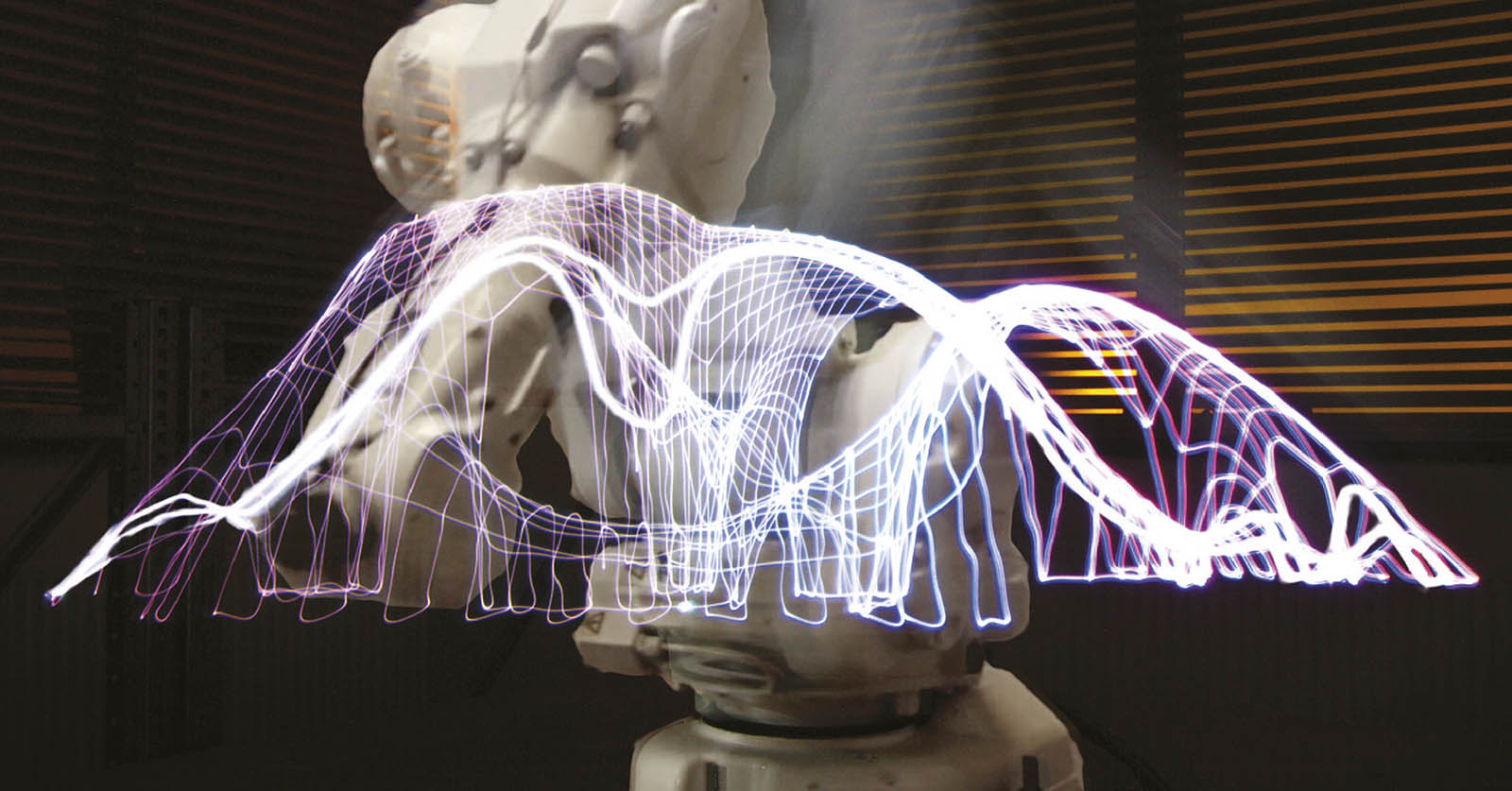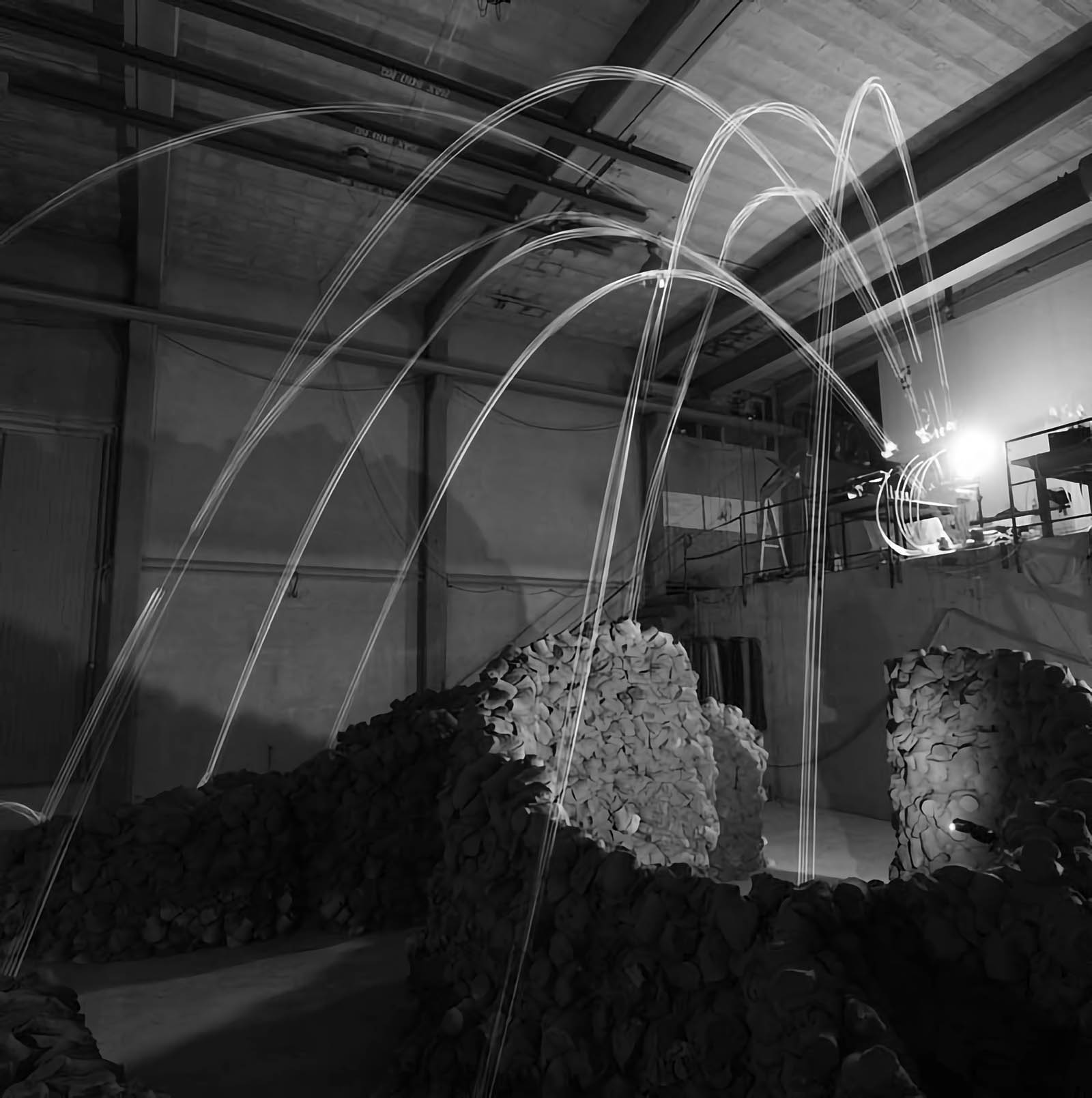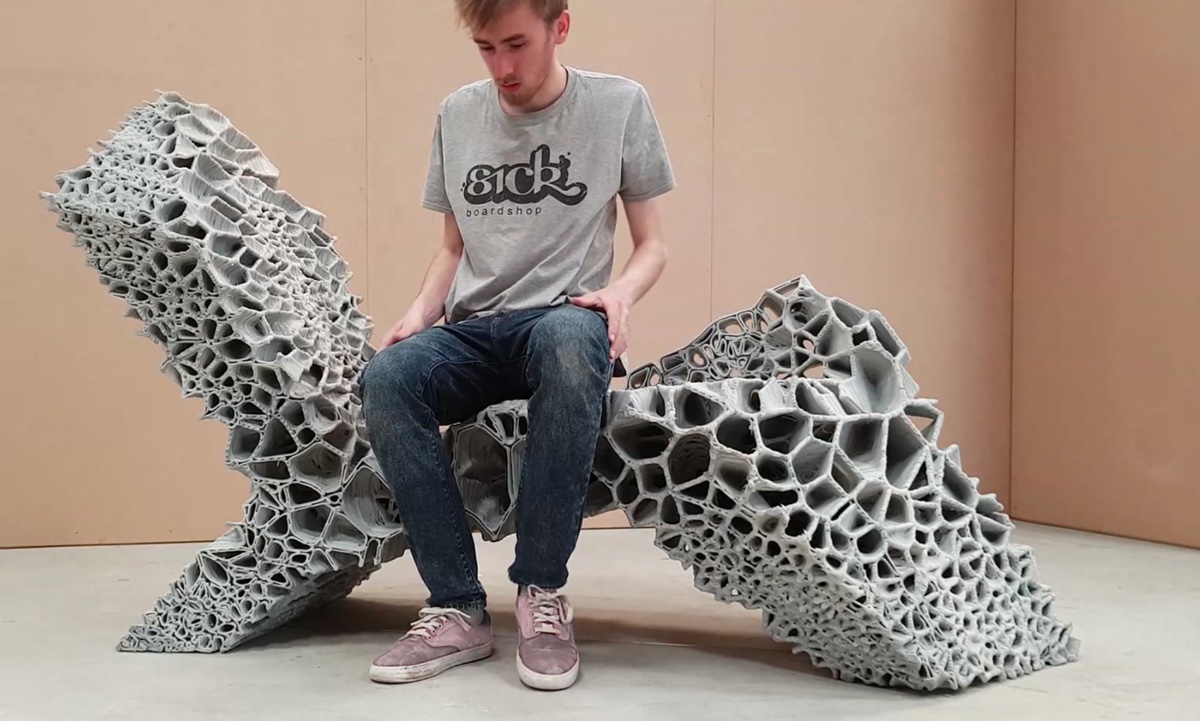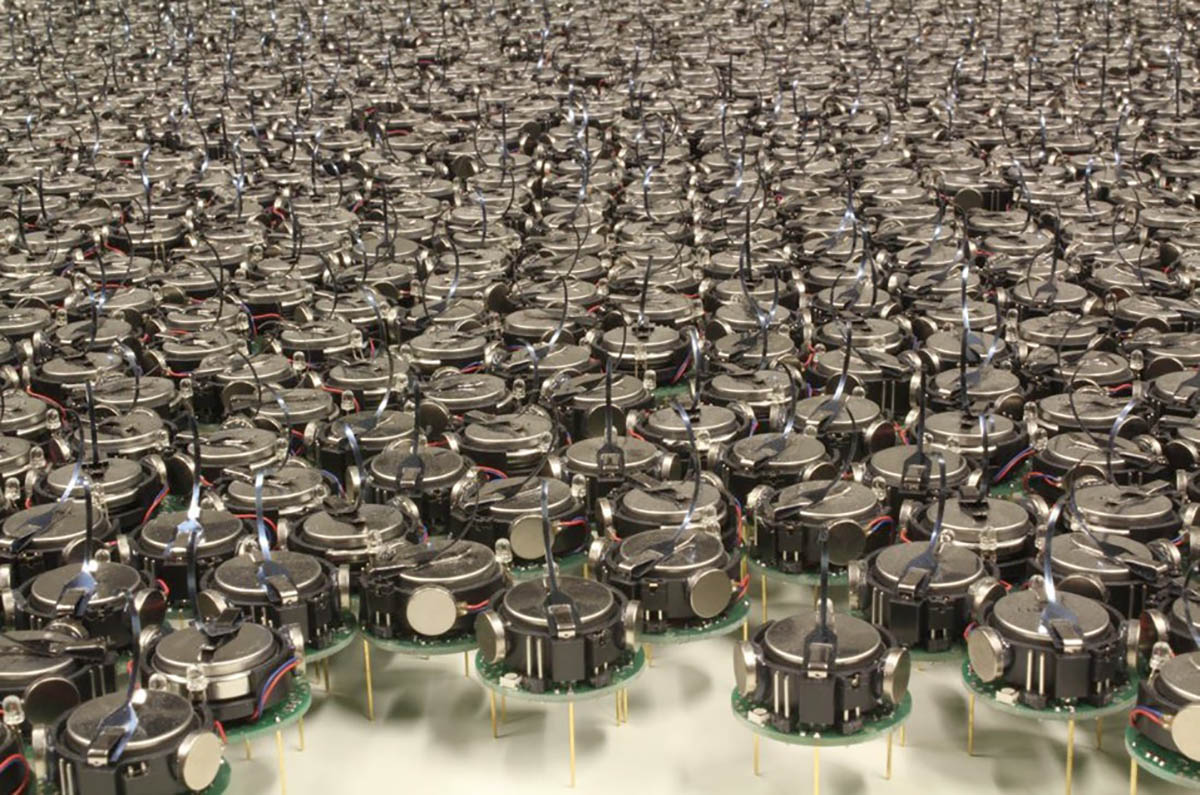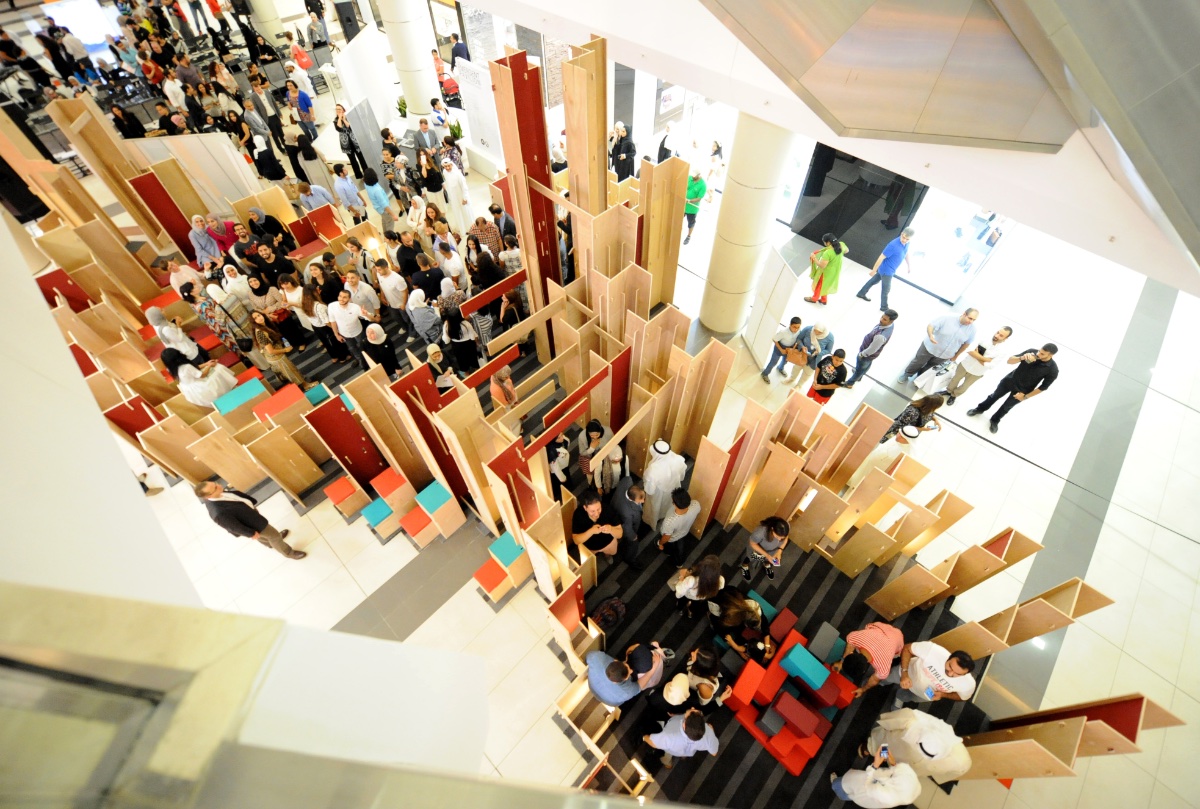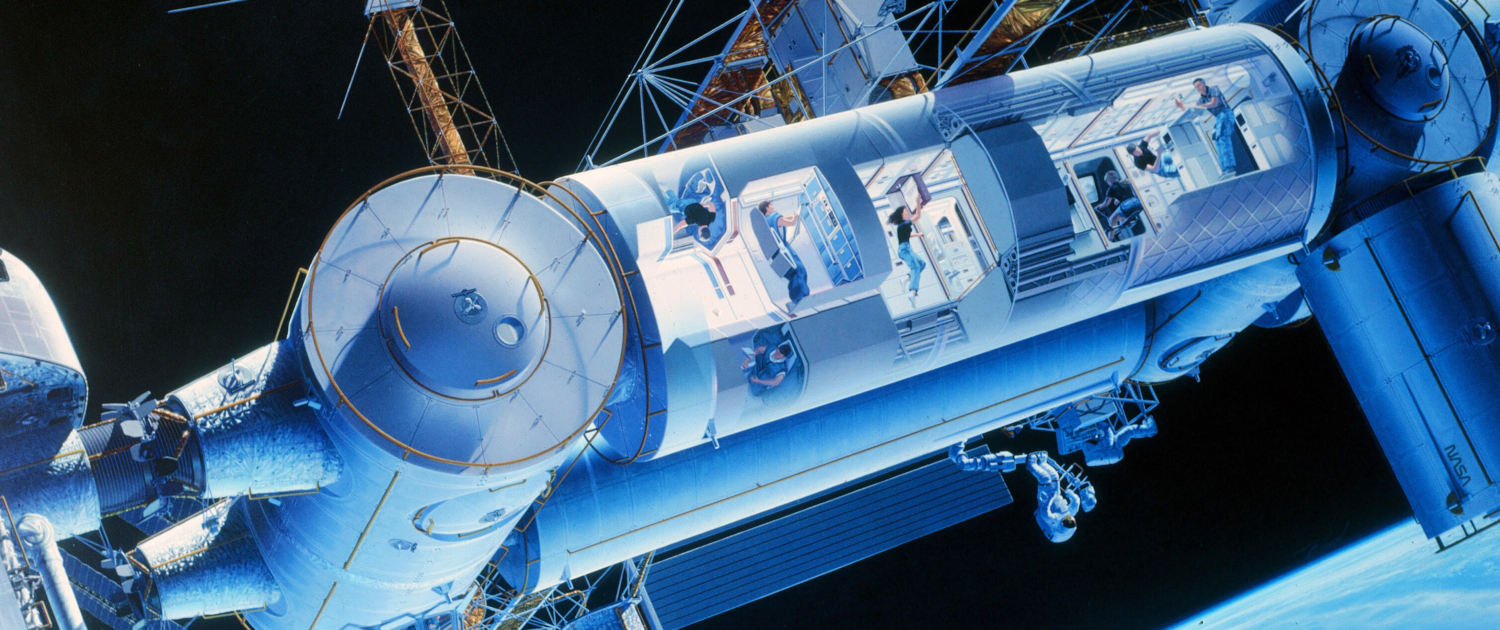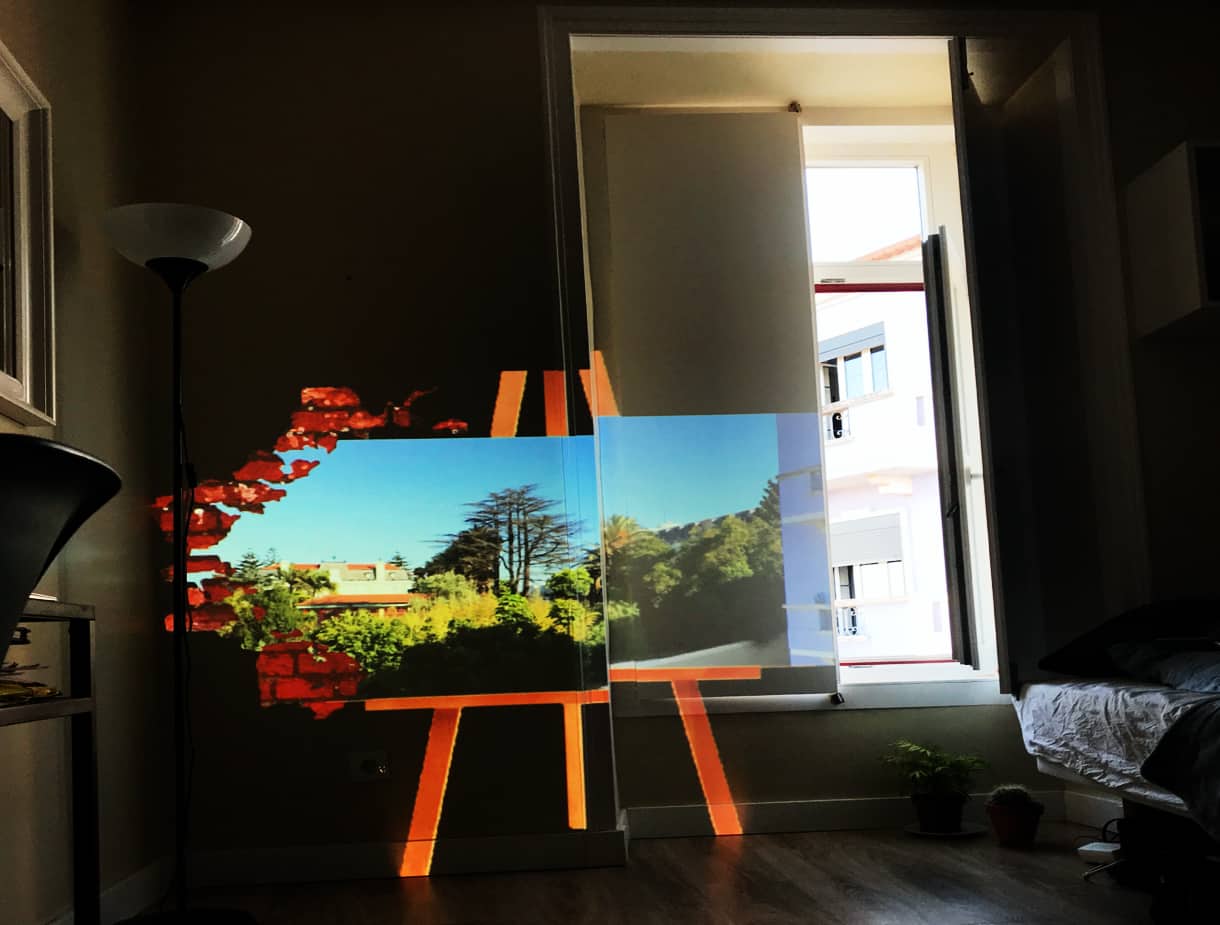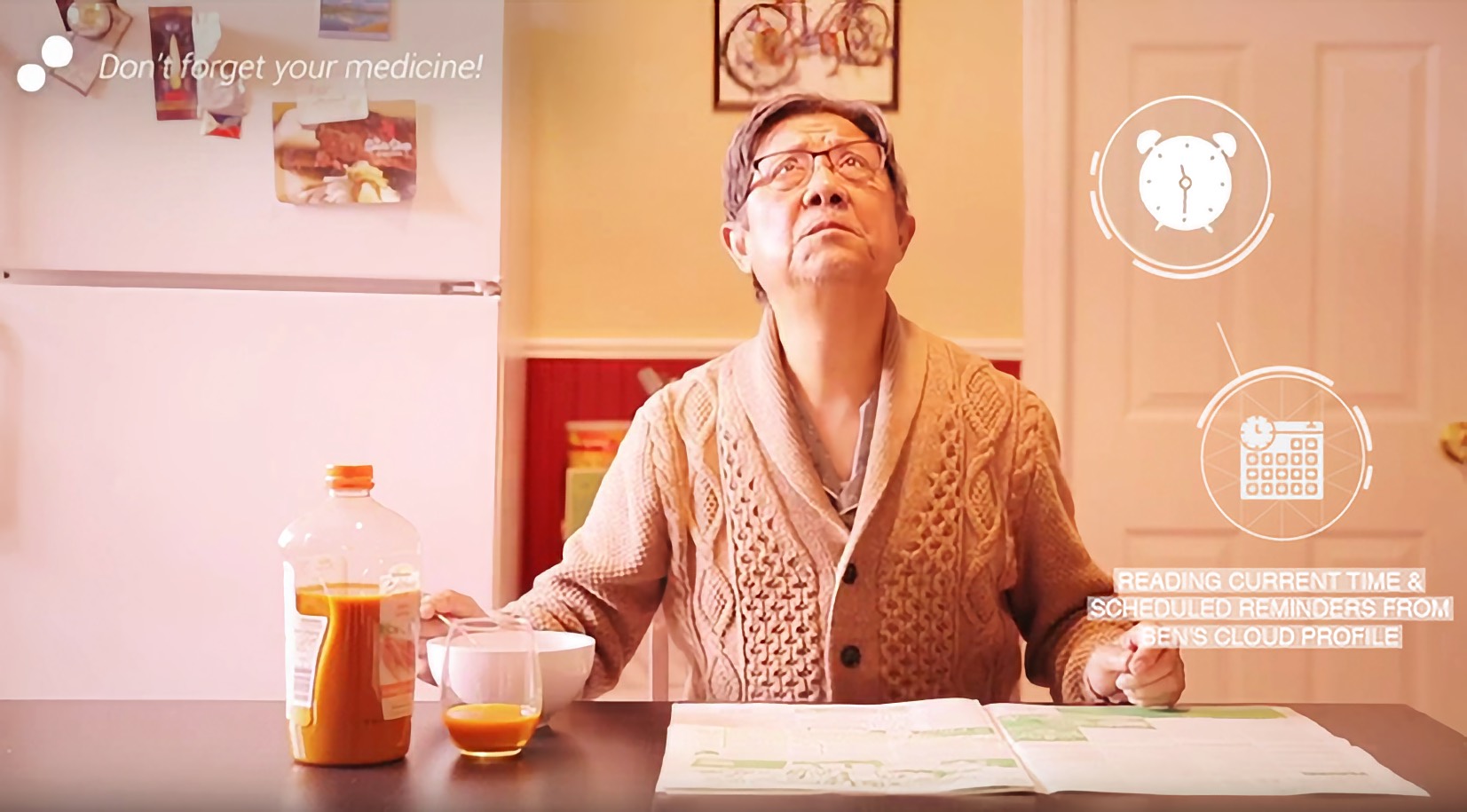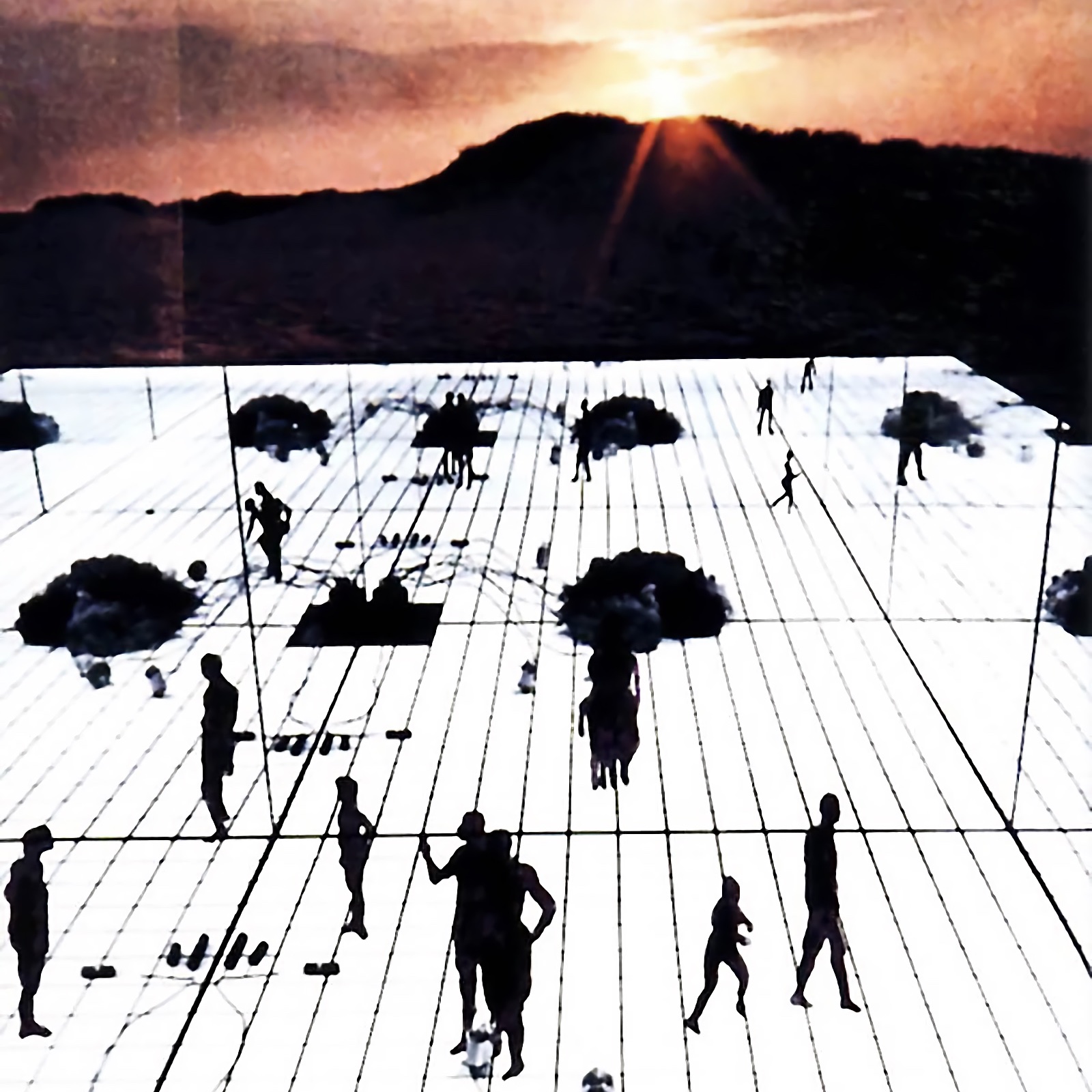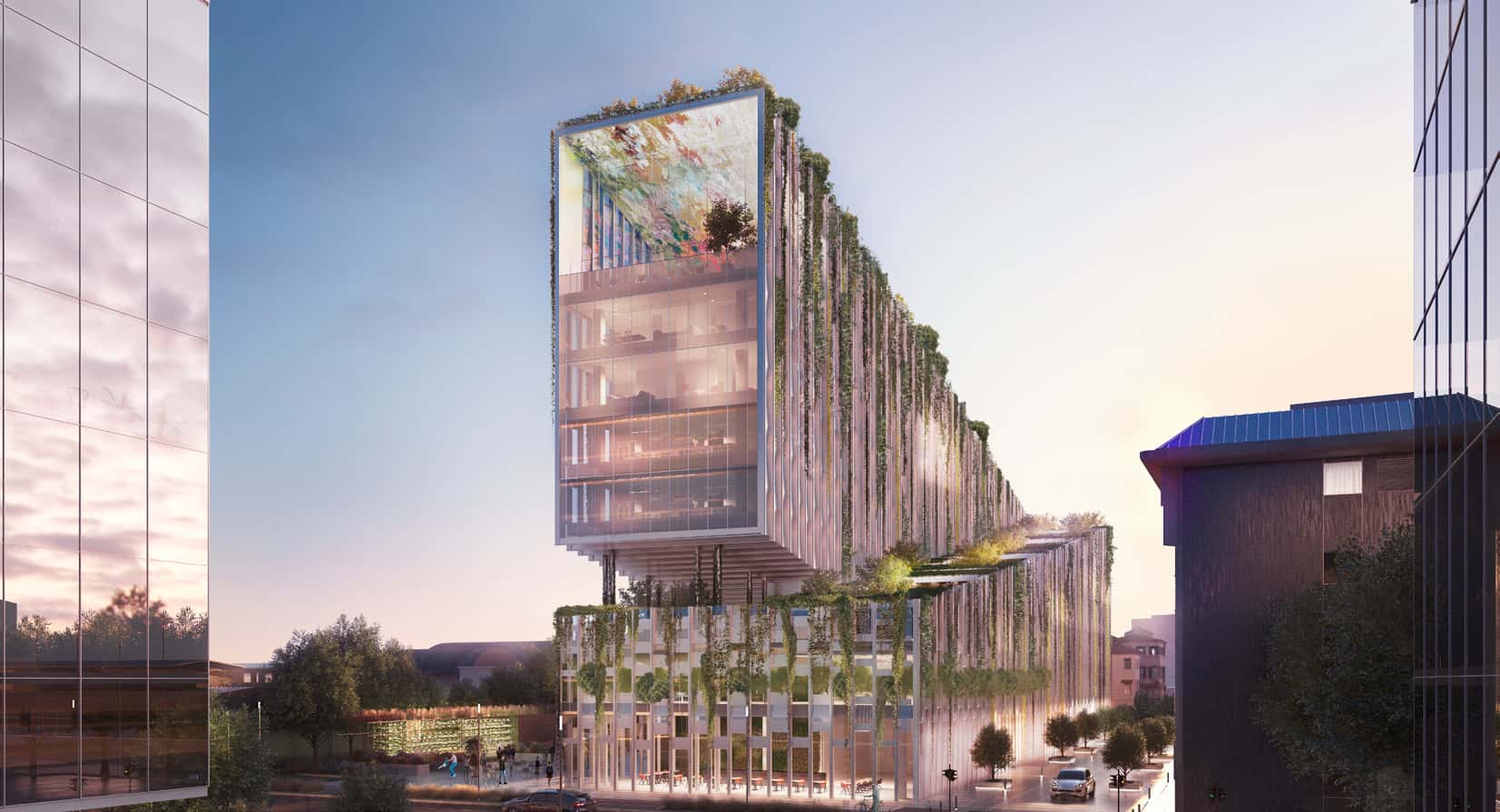Cyber-physical Architecture
All Items
-
While architecture and architectural production are increasingly incorporating aspects of non-human agency employing data, information, and knowledge contained within the (worldwide) network connecting electronic devices, the relevant question for the future is not whether robotic building will be implemented, but how robotic systems will be incorporated into building processes and physically built environments in order to serve and improve everyday life.
This issue of SPOOL aims to answer this question by critically reflecting on the achievements of the last decades in...
-
To fully exploit Digital Fabrication within architecture, robotic fabrication must be expanded in prefabrication, but also fully implemented directly on construction sites. Focus of featured projects is on how to bring robots directly to the construction site and autonomously fabricate structures beyond factory conditions.
-
Adaptive design strategies have been employed to improve structural performances in terms of load-bearing efficiency and energetic impact as well as to achieve multi-functionality. In this work, we investigate a passive adaptation strategy that employs variable stiffness in robotically printed materials. This paper focuses on the design and robotic fabrication of a chaise longue that can change shape to function as both recliner and chair depending on user requirements. The approach is unique in the way computational design is linked with robotic production. In this context, the design...
-
Not only recent Science Fiction – e.g., Star Trek Beyond (USA 2016) – celebrates the capacities of robot collectives. Also RoboCup, an annual robot soccer competition, or Harvard University’s Kilobot Project show stunning examples of the central idea behind Swarm Robotics: »[U]sing swarms is the same as getting a bunch of small cheap dumb things to do the same job as an expensive smart thing« (Beni/Wang 1989). This article examines some crucial aspects of the techno-history of a research field which intertwines engineering and biological knowledge and whose applications deal with...
-
This paper questions the need to introduce into the design methodologies and education, the temporal dimension in architectural design. It questions the need, to introduce methodologies and protocols to be able to define, design, and measure the variables involved in the actuation of spaces.
While in the history of design, spatial qualities have been central in the search for techniques and tools, temporal qualities have entered, with the advent of the digital revolution, as qualities capable of deforming, compressing, reconfiguring spaces and supporting new ways of living. The...
-
This article summarises a series of experiments at the Architectural Association between 2011 and 2017, which explore the intellectual notion of ‘the architecture machine’ as introduced by Nicholas Negroponte and the Architecture Machine Group at MIT in 1967. The group explored automated computational processes that could assist the process of generating architectural solutions by incorporating much greater levels of complexity at both large and small scales. A central idea to the mission of the Architecture Machine Group was to enable the future inhabitants to participate in the...
-
Extra-terrestrial living and working environments are characterized by significant challenges in logistics, environmental demands, engineering, social and psychological issues, to name a few. Everything is limited: physical volume, air, water, power, and medicine … everything, even people, and therefore all is treated as valuable resource. This situation is complicated by the end product being the result of balancing many competing interests. The relationship between humans, space, and technology is forced, as well as a dynamic process. Although mathematical models for complex systems...
-
The present work has as its starting point and inspiration in the observation of the habit of staying at the window, mostly performed by older adults, in Lisbon, Portugal. Beginning from this habit, we seek to substantiate, develop, and record speculative and artistic visual experiments that propose a digital reinterpretation of the architectural element window. Such experiments deal with the intertwining of diverse concepts as hybrid architecture, material, digital, virtual, and augmented reality (AR). The experiment, entitled Projected Windows, consists of three different...
-
Today’s physical-digital continuum challenges designers and architects to envision architecture as a Bio-Cyber-Physical System that is operating as part of a larger ecosystem while addressing societal challenges with a broader understanding of sustainability in mind. This paper identifies current conditions, challenges and opportunities, while proposing an intercultural dialog toward achieving a better future. The purpose is to enlighten and explore the threshold where the physical interlaces the domain of immaterial flows of information...
-
The next horizons of human-computer interaction promise a whirling world of digital bytes, physical bits, and their hybrids. Are human beings prepared to inhabit such cyber-physical, adaptive environments? Assuming an optimistic view, this chapter offers a reply, drawing from art and art history, environmental design, literature, psychology, and evolutionary anthropology, to identify wide-ranging motivations for the design of such “new places” of human-computer interaction. Moreover, the author makes a plea to researchers focused in the domain of adaptive environments to pause and take a...
-
We are facing an urgent global environmental crisis that requires a reframing of traditional professional and conceptual boundaries within the urban environment. Complex and multidisciplinary issues need complex and multidisciplinary solutions, which result from the collaboration of many different disciplines concerned with the urban environment. A more integrated ecological perspective that recognizes the complexity of urban environments and resituates our ‘artificial’ or human-made world within its natural ecosystem can facilitate this shift towards greater knowledge exchange. C40...
